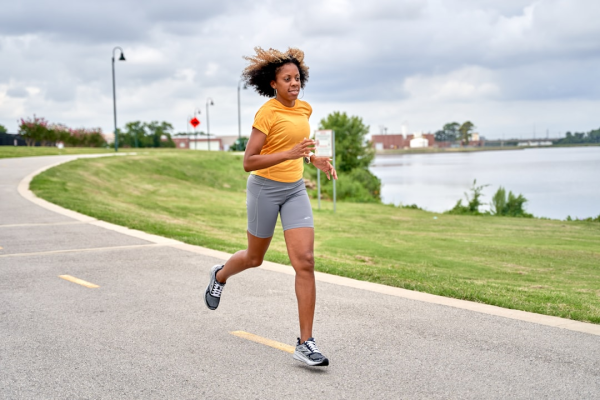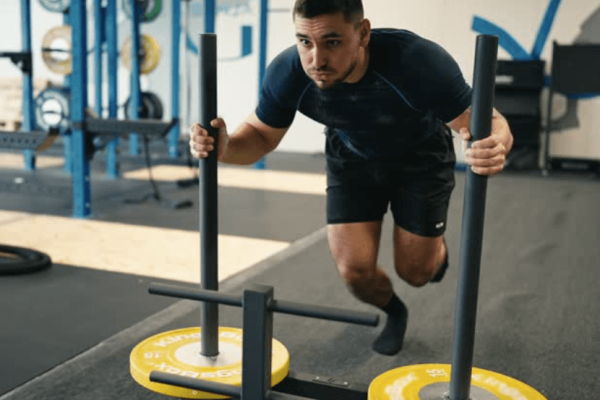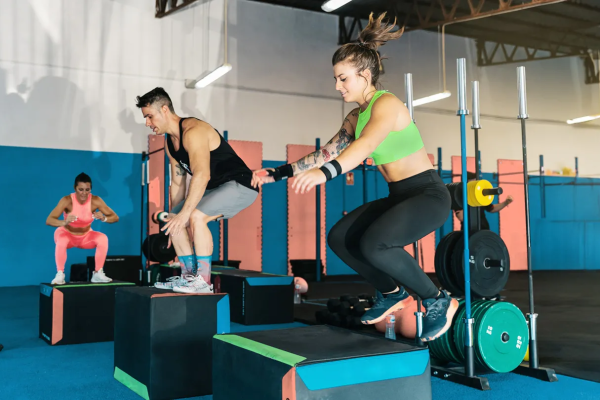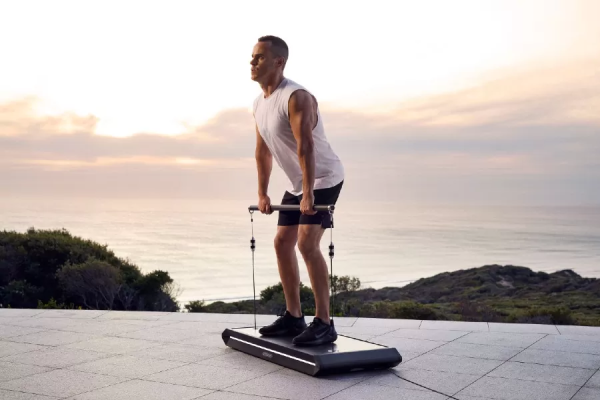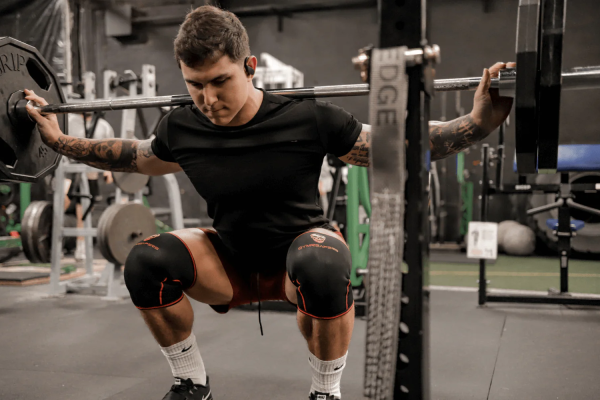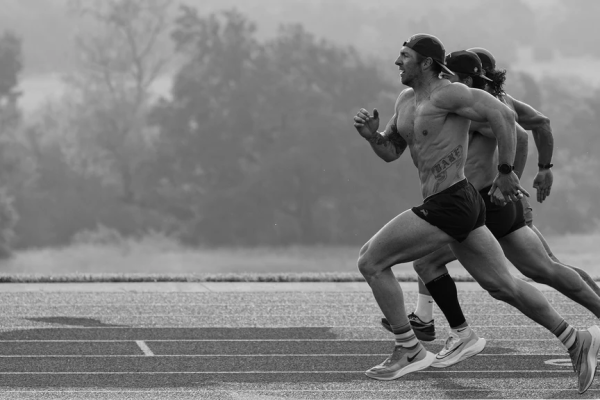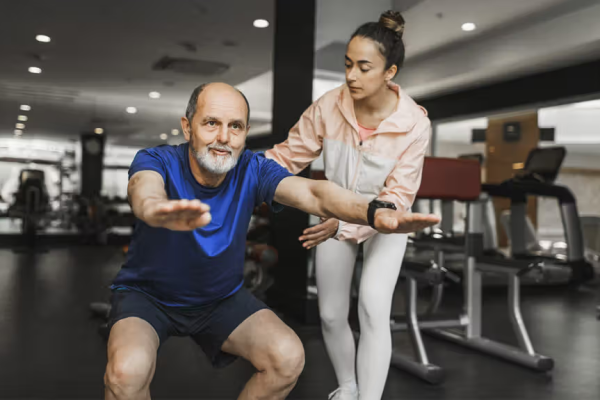
The Rising Importance of Functional Strength in Modern Sports Training
Functional strength has become a core focus in modern athletic programs as more athletes shift from isolated muscle exercises to movements that mimic real gameplay. This approach emphasizes training the body as a unified system, improving balance, stability, and coordination. Coaches and sports scientists highlight that functional strength reduces injury risks because it strengthens not…



